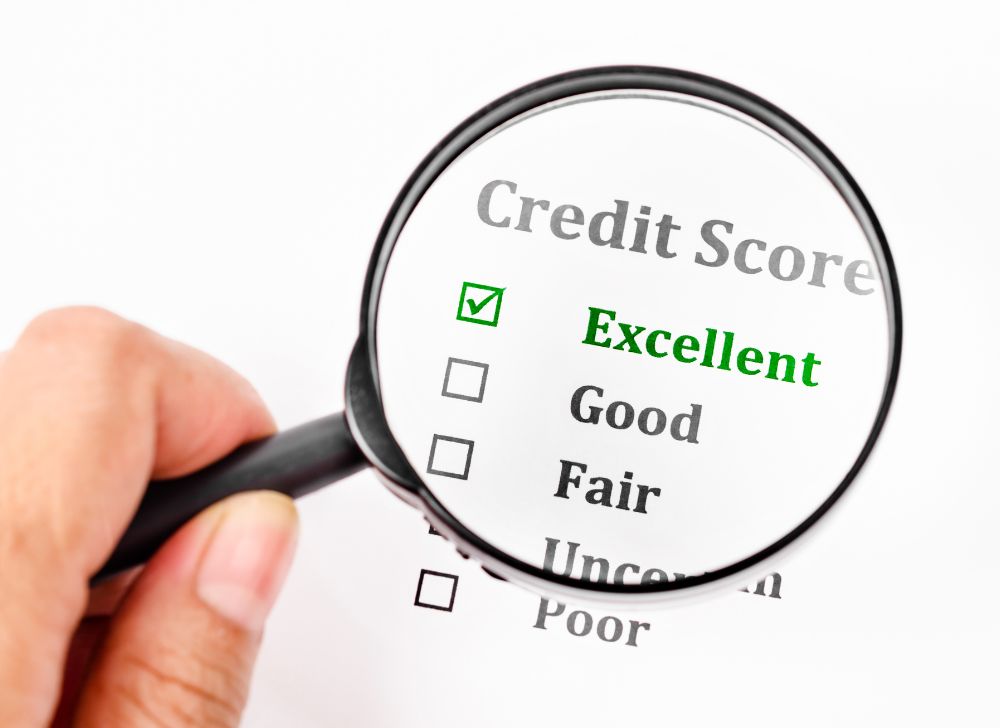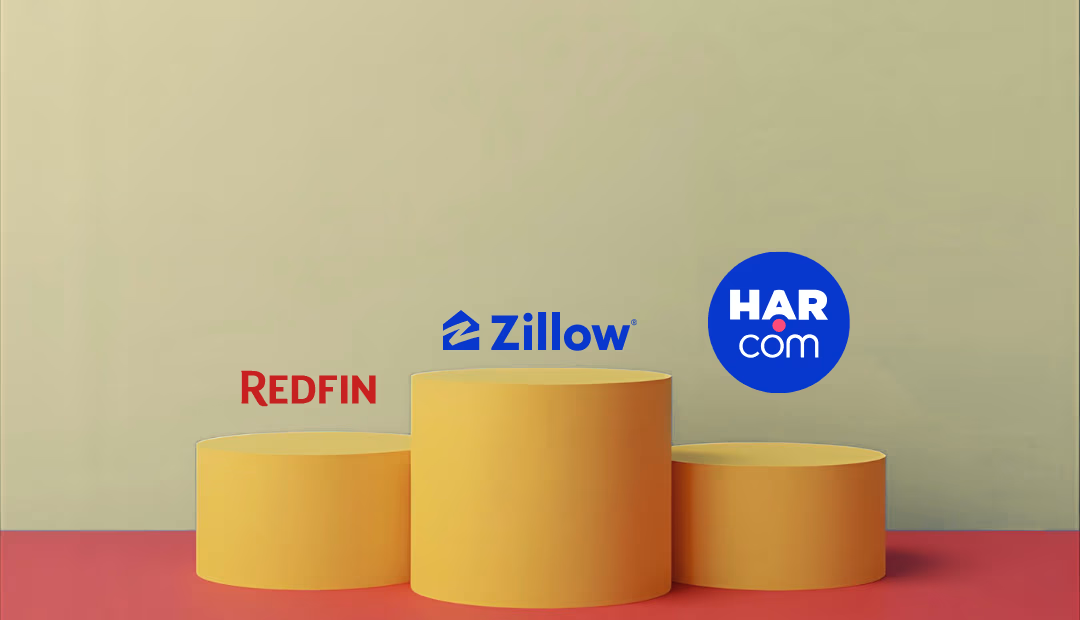Private Mortgage Insurance (PMI) can feel like an unnecessary financial burden, especially when you're confident in your ability to repay your home loan. But removing PMI is not just a matter of waiting - it's about understanding your equity position in your home and acting strategically.
In this comprehensive guide, we outline exactly how much equity you need to eliminate PMI and save thousands over the life of your loan.
TLDR: 20% equity to remove PMI upon request, or it automatically falls off when you’ve reach 22% equity of your original purchase price
What Is Private Mortgage Insurance (PMI)?
Private Mortgage Insurance (PMI) is a type of insurance associated with conventional mortgages. It’s designed to protect the lender, not the borrower, in case the borrower fails to repay the loan.
Borrowers typically encounter PMI when making a down payment of less than 20% of the home’s purchase price. While it increases the overall monthly mortgage cost, PMI does not provide any direct financial benefit to the borrower.
Do FHA loans have PMI?
Yes, FHA loans do have mortgage insurance, but it’s called Mortgage Insurance Premium (MIP) instead of Private Mortgage Insurance (PMI). While PMI is used for conventional loans, MIP is required for all FHA loans and is set at a fixed rate of 0.55% of the loan amount. Unlike PMI, FHA mortgage insurance is typically paid for the entire duration of the loan.
When Is PMI Required?
Lenders view loans with low down payments as higher risk because the borrower has less equity invested in the home. To mitigate that risk, they require PMI until the borrower achieves a safer loan-to-value ratio — usually 80% or lower. By doing so, lenders are protected from financial loss if a foreclosure occurs early in the loan term.
How Much Equity Do You Need to Get Rid of PMI?
To remove PMI on a conventional loan, borrowers must achieve at least 20% equity in their home. This means your loan-to-value ratio (LTV) must reach 80% or lower.
- Automatic PMI termination: Once your LTV reaches 78% based on the original loan amount (not current market value), your lender is required by the Homeowners Protection Act (HPA) to automatically cancel PMI — as long as you're current on your payments.
- Borrower-initiated PMI removal: You can request PMI removal at 80% LTV. This often occurs after a combination of regular mortgage payments and home appreciation.
How to Calculate Loan-to-Value Ratio for PMI
LTV = Loan Balance ÷ Home’s Current Appraised Value
For example:
- Loan balance: $240,000
- Current home value: $300,000
- LTV: $240,000 ÷ $300,000 = 80%
Once your LTV hits this threshold, you can start the process of PMI removal.
How to Build Home Equity Faster
If you want to eliminate PMI quickly, increasing your equity is key. Here are the most effective strategies:
1. Make Extra Principal Payments
Applying additional funds toward your loan principal reduces your balance faster than scheduled. Even one extra payment per year can significantly cut down your balance and speed up PMI removal.
2. Get a qualified Reappraisal if Your Home Value Has Increased
If your property has appreciated since you bought it, you may already have 20% equity. Refinancing at a new appraised value could eliminate PMI — even if you originally put down less than 20%. Track your home equity
3. Refinance if rates have dropped and you’ve added home Improvements
Upgrading kitchens, bathrooms, or energy efficiency can increase your home’s appraised value, lowering your LTV. Just ensure the renovations are documented and permitted to help with reappraisal. Use a qualified re-appraisal - pay around $750 and walk through the process to ensure your improvements are accurately reflected in the new valuation.
4. Make a one-time extra payment and Recast Your Mortgage
Some lenders offer loan recasting - where you make a lump sum payment to reduce your principal, and they recalculate your payments accordingly. This can decrease your LTV and help remove PMI without refinancing.
Tip: Looking to eliminate PMI ahead of schedule? At Altgage, we specialize in helping homeowners build equity faster with personalized mortgage planning.
1. Make smart extra payments to build 20% equity faster with Altgage PrePay. Use our Extra Payment Calculator to see savings of $100,000 or more.
2. Track your mortgage rates here and get notified when it’s time to refi. Our Refinance Calculator can help you map out your monthly savings while keeping your loan on track.
How to Get PMI Removed: Options Based on Loan Type
Conventional Loans
- At 80% LTV: You may request PMI cancellation.
- At 78% LTV: The Lender will cancel PMI automatically.
FHA Loans
FHA loans don't use PMI, but they have Mortgage Insurance Premiums (MIP). Removing MIP is different:
- If your down payment was less than 10%, MIP is required for the life of the loan.
- If your down payment was 10% or more, MIP can be removed after 11 years.
To eliminate MIP, refinancing into a conventional loan is often the best option once you have 20% equity.
.avif)
What Documents Are Required for PMI Removal?
When you're ready to request PMI cancellation, it's important to gather the necessary documentation to support your request. First, you'll need to submit a formal written request to your lender, stating your intention to remove PMI.
Alongside this, you'll need to provide proof of a solid payment history, demonstrating that your mortgage payments have been made on time with no delinquencies. Most lenders will also verify that there are no subordinate liens on the property, such as a second mortgage or a home equity line of credit (HELOC), which could impact your equity calculation.
Finally, a certified home appraisal is typically required - at your expense - to confirm that your home's current market value supports the required loan-to-value ratio for PMI cancellation.
How Long Does It Take to Remove PMI?
With regular payments only, PMI may take 7-11 years to cancel automatically, depending on your loan term, rate, and original down payment. But with the strategies above — extra payments, refinancing, or home appreciation — you can cut that timeline significantly, sometimes down to just 2-3 years.
Tip: Wondering how fast you can reach 80% LTV? Use Altgage’s free tools or speak with an advisor to estimate your PMI removal timeline based on your payment habits and home value trends.
How much can I save by eliminating PMI?
Yes, in most cases. Here’s why:
- Monthly Savings: PMI typically costs 0.5% to 1.5% of your original loan amount per year. On a $300,000 mortgage, that’s $1,500–$4,500 annually.
- Increased Equity: Every step taken to remove PMI also builds equity, strengthens your financial position, and may lower your overall interest costs.
However, refinancing may come with closing costs or a higher rate if market conditions have changed, so evaluate your options carefully.
Take Control of Your Equity Strategy
Eliminating PMI is a financial milestone that can put hundreds of dollars back in your pocket each month. By understanding the equity requirements and using the right strategy — whether through home improvements, extra payments, or refinancing — you can reach that 20% equity mark faster than expected.
The key is to monitor your home’s value, track your loan balance, and act proactively when your LTV hits 80%. Empower yourself with knowledge and take control of your financial future.
.avif)



.avif)
